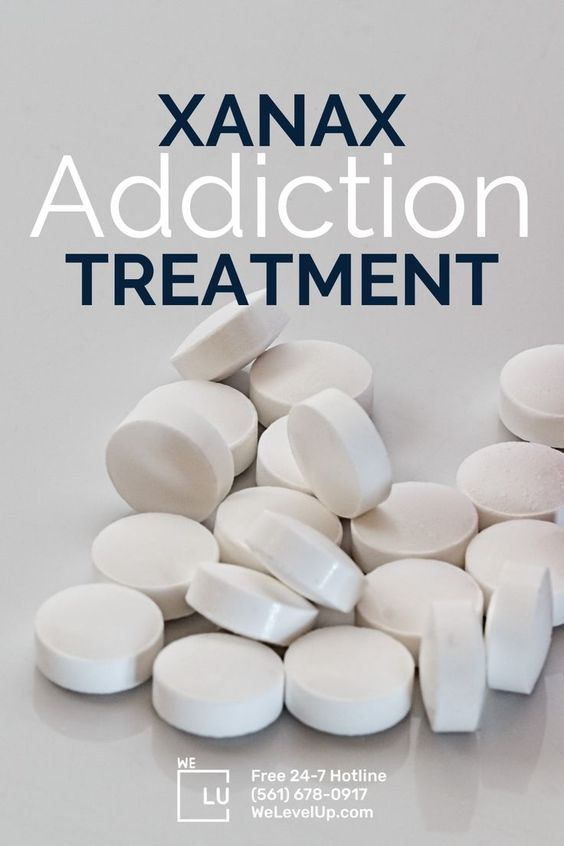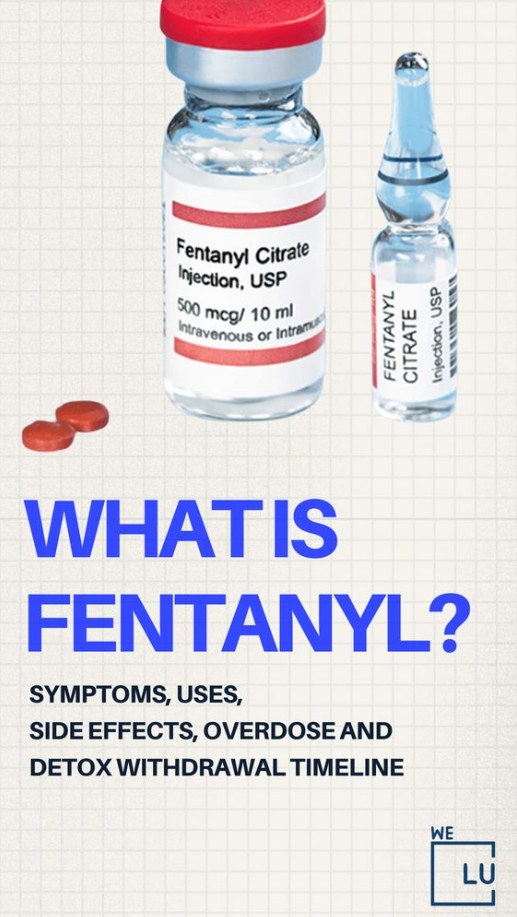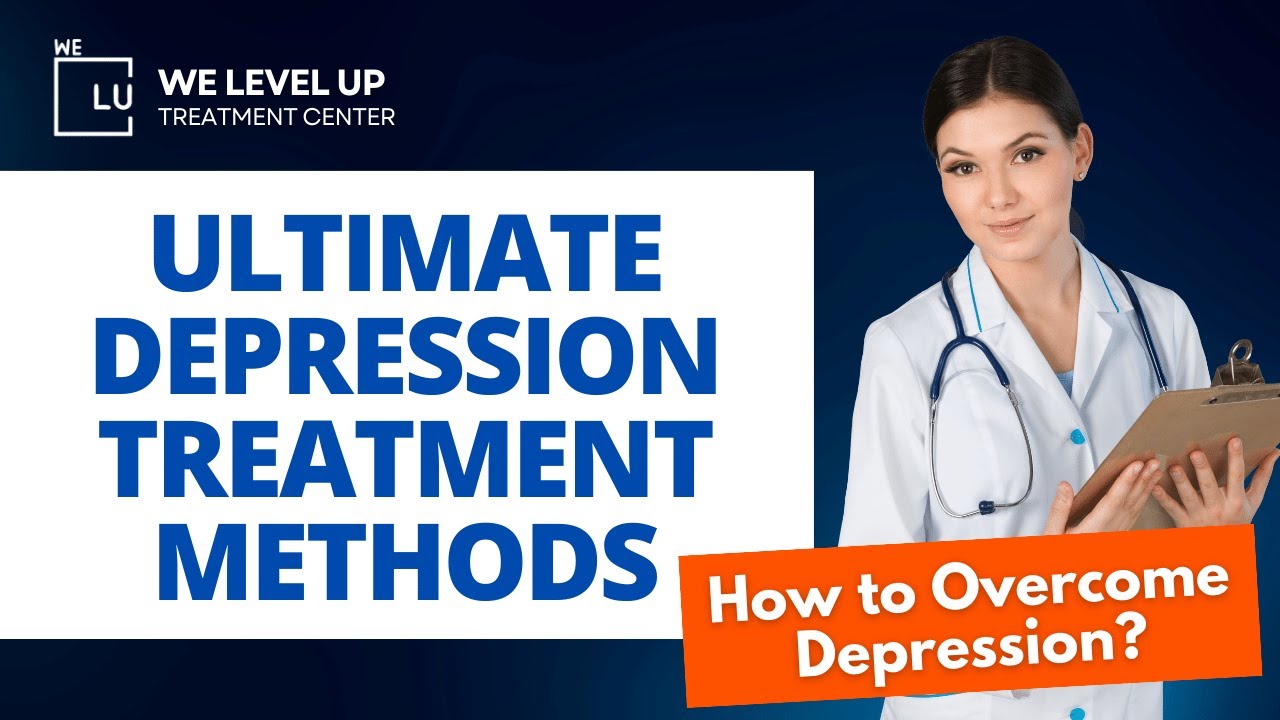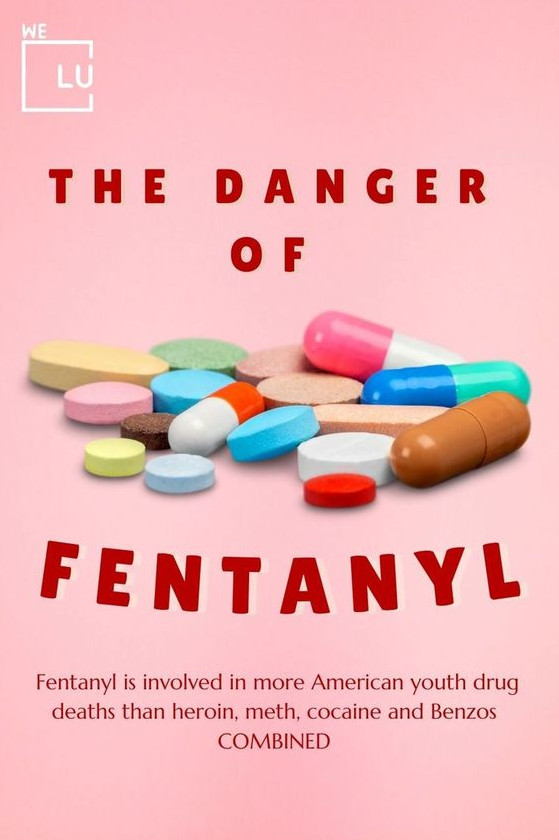What Is Klonopin Used For?
Clonazepam, commonly referred to as Klonopin, is a benzodiazepine used to address various conditions, such as anxiety disorders and epileptic seizures. Unfortunately, its affordability and widespread availability have led to its misuse in medical and recreational settings.
The concern arises from the potential for withdrawal symptoms. Withdrawal from benzodiazepines, including Klonopin, can be challenging and may lead to severe consequences. Heart palpitations, a distressing experience, are a common occurrence during Klonopin withdrawal. The cardiac side effects of benzodiazepines can be life-threatening without proper medical supervision. Opting for Klonopin detox in a medically supervised facility can mitigate the severity of symptoms, ensuring a safer and more comfortable withdrawal process.
The method of drug delivery matters, and smoking Klonopin, despite its rapid impact on the brain, can result in intense and hazardous outcomes. Additionally, combining Klonopin with other substances, such as Xanax, alcohol, opioids, or other central nervous system depressants, poses serious risks, including respiratory depression, extreme drowsiness, coma, and even death. (1)
Klonopin For Alcohol Withdrawal
Since the 1960s, benzodiazepines (benzos) have been utilized to alleviate alcohol withdrawal symptoms. Here’s a breakdown of the process:
- Alcohol raises GABA levels in the brain.
- Upon discontinuing alcohol, GABA levels decrease.
- Low GABA levels result in panic, seizures, and other withdrawal symptoms.
- Benzos activate GABA receptors, slowing down the central nervous system and inducing a calming effect.
- Relief from alcohol withdrawal symptoms is achieved.
Typically, Klonopin is administered for three days during detox, accompanied by other medications as necessary. While Klonopin is used, it is not the most common benzo for alcohol detox. Librium or Valium is often preferred, with Librium being highly effective at preventing convulsions and Valium carrying a lower risk of overdose compared to other benzos. Additionally, both drugs have a prolonged duration of action, making them more beneficial during detox compared to short-acting benzos.
Despite their efficacy in managing alcohol withdrawal, benzos come with risks. They have a high potential for abuse, are physically addictive, and can lead to withdrawal symptoms similar to those of alcohol withdrawal. Mixing alcohol and benzos can pose serious health risks. (2)
Klonopin Dosage
Clonazepam is supplied in tablet form, and it should be taken with water by swallowing the tablet whole. The initial dose for adults with seizure disorders should not surpass 1.5 mg per day, divided into three doses. The dosage can be escalated in increments of 0.5 to 1 mg every 3 days until seizures are effectively managed or until side effects prohibit further increases. Maintenance dosage needs to be tailored for each patient based on their response. The maximum recommended daily dose is 20 mg. (3)
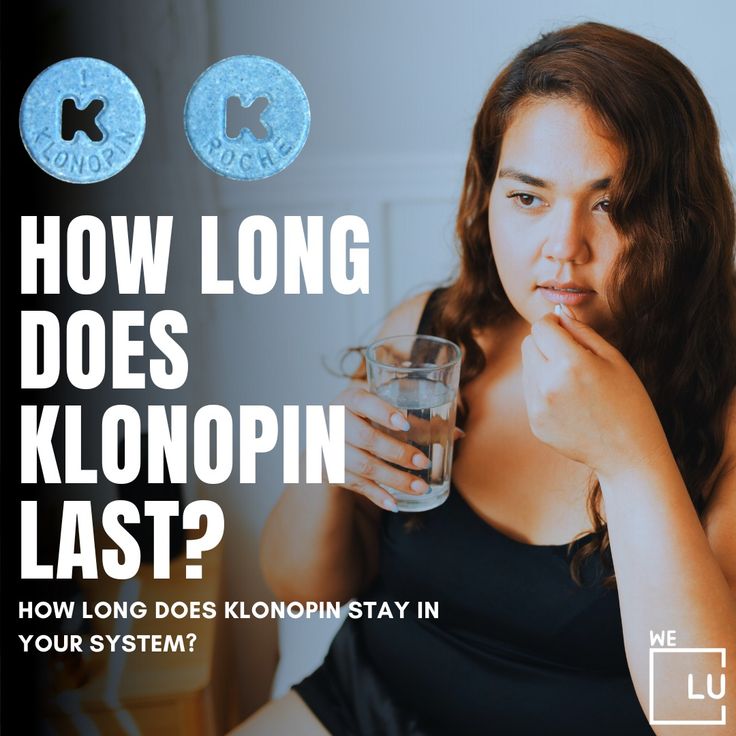
Skip To:
Learn More:


Get Your Life Back
Find Hope & Recovery. Get Safe Comfortable Detox, Addiction Rehab & Dual Diagnosis High-Quality Care.
FREE Addiction Hotline – Call 24/7Is Klonopin Addictive?
Klonopin, a central nervous system (CNS) depressant, poses a significant risk of addiction when used long-term, recreationally, or in combination with alcohol or other substances. Even when taken as prescribed, Klonopin can lead to dependence and tolerance. It is crucial not to underestimate its addictive potential, especially when it is prescribed by a doctor.
Illegitimate diversion of Klonopin for nonmedical purposes is prevalent due to its ability to induce euphoria, relaxation, and a sense of calm in some individuals. Unfortunately, some users may develop a dependency on the drug as a means to manage anxiety. If you or someone you know is currently using Klonopin, it is essential to be aware of the signs of Klonopin addiction, recognize potential issues, and seek professional assistance.

Opening Soon! First-Class Facilities & Amenities
World-Class High-Quality Addiction & Mental Health Rehabilitation Treatment
Coming Soon! Rehab Centers TourRenowned Addiction Centers. Serene Private Facilities. Inpatient Rehab Programs Vary.
FREE Addiction Hotline – Call 24/7Proven recovery success experience, backed by a Team with History of:
- 15+ Years Experience
- 100s of 5-Star Reviews
- 10K+ Recovery Successes
- Low Patient to Therapist Ratio
- Onsite Medical Detox Center
- Comprehensive Dual-Diagnosis Treatment
- Complimentary Family & Alumni Programs
- Coaching, Recovery & Personal Development Events

Is Klonopin Dangerous?
In addition to the risk of addiction, the most immediate and significant danger associated with Klonopin is the potential for overdose when combined with alcohol, opioids, or other substances. Both alcohol and marijuana can amplify specific side effects, such as lack of coordination, dizziness, and drowsiness, even when consumed moderately. Impaired cognition and judgment, vertigo, and confusion are also possible outcomes. Combining alcohol with Klonopin may result in blackout, respiratory failure, or, in extreme cases, death.
Certain medications can heighten the risk of adverse effects. Given that Klonopin is a central nervous system depressant, individuals using other sedating medications—such as anti-anxiety drugs, sleeping pills, muscle relaxers, anticonvulsants, antidepressants, and opioids—are at an increased risk. This includes both over-the-counter and prescription medications. Therefore, it is crucial to discuss all medications or supplements with your doctor before initiating Klonopin treatment.
Exceeding the prescribed dosage of Klonopin also raises the likelihood of potentially hazardous side effects. Vertigo, dizziness, fainting, numbness, impaired judgment, confusion, slowed reaction time, and other complications may manifest. In severe cases, an overdose of Klonopin can depress heart and breathing rates to perilous levels, potentially leading to coma or even death. (4)
How Do You Get Addicted To Klonopin?
Benzodiazepines, including Klonopin, pose two significant risks: the potential for abuse leading to overdose and the development of physical dependence culminating in Klonopin addiction. Klonopin enters the bloodstream and reaches the brain within an hour, with a duration in the system of up to three days, contingent on the dosage (with a half-life spanning between 18 and 39 hours).
As Klonopin and other benzodiazepines impact GABA receptors in the brain, there is a degree of cross-tolerance with alcohol, which also affects these receptors. Consequently, individuals with a history of alcohol abuse and substance addiction face an elevated risk of Klonopin addiction due to alterations in the brain’s reward system related to GABA receptors.
Klonopin addiction is more likely to occur when the prescription drug is misused. Mixing Klonopin with alcohol, opioids, or even methadone is common to enhance the potency of these substances. Individuals who use Klonopin without a prescription to achieve a euphoric effect deviate from the prescribed method, either by taking more than recommended, crushing the pill instead of consuming it whole, or increasing the frequency of medication intake. Through this pattern, the body develops tolerance and a dependency on the drug.
How Long Does Klonopin Effects Last?
Klonopin, a frequently prescribed benzodiazepine (benzo), is notable for its comparatively prolonged effects. While most benzos, such as Xanax or Valium, exhibit effects lasting 3-4 hours, Klonopin’s effects endure for a more extended period, ranging from 6-12 hours. Classified as a Schedule IV controlled substance by the Drug Enforcement Administration, Klonopin possesses a recognized medical purpose but also carries a potential for abuse, dependence, and addiction.
The extended duration of Klonopin’s effects is attributed to its relatively long half-life, signifying the time required for half of a drug dose to be eliminated from the body. In the case of Klonopin, this half-life spans 30-40 hours, necessitating 2-3 days for 50% of the drug to be excreted from the system. Given its half-life, traces of the drug are likely to persist in the body for approximately 6-9 days after the last dose.
Opening Soon! World-class, Accredited, Anticipated 5-Star Reviewed, Effective Addiction & Mental Health Programs. Complete Behavioral Health Inpatient Rehab, Detox plus Co-occuring Disorders Therapy.
FREE Addiction Hotline – Call 24/7End the Addiction Pain. End the Emotional Rollercoaster. Get Your Life Back. Start Drug, Alcohol & Dual Diagnosis Mental Health Treatment Now. Get Free No-obligation Guidance by Substance Abuse Specialists Who Understand Addiction & Mental Health Recovery & Know How to Help.
Signs Of Klonopin Addiction
An individual grappling with Klonopin addiction will persist in taking the drug despite awareness of its harmful effects. They may actively pursue high doses of Klonopin, even in the face of the detrimental impact it has on their life.
Key indicators of Klonopin addiction include:
- Dependency on the drug for normal functioning.
- Providing justifications for using Klonopin in ways not prescribed.
- Neglecting meals or experiencing a diminished appetite.
- Adopting a defensive stance when the subject of drug use is raised.
- Experiencing intense cravings for the drug.
- Developing tolerance, necessitating an increase in dosage to achieve previous effects.
- Missing work, social engagements, or recreational activities due to drug use.
- Persistent use of the drug despite evident harm.
- Encountering withdrawal symptoms upon discontinuation of use.
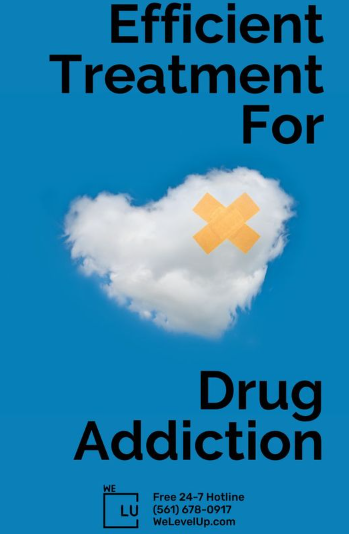
How To Avoid Klonopin Addiction?
Klonopin is best suited for short-term use, ideally lasting less than two weeks, and prolonged reliance on the drug is not advisable. If individuals have been using or misusing Klonopin for an extended period, and if they display symptoms of addiction, it is likely that they are dependent on it.
Recognizing the need for treatment becomes crucial when addiction starts to impact health and alter behavior. Indications that professional treatment may be necessary include:
- Deceptive behavior: Individuals addicted to drugs often resort to lying or keeping secrets to conceal their substance use from loved ones.
- Self-medicating with Klonopin: Those dealing with mental illness or trauma might turn to Klonopin as a means of self-medication to alleviate discomfort.
- Experiencing negative consequences: Addiction can have detrimental effects on various aspects of life, particularly on health and personal well-being.
- Manifesting additional signs of addiction: Clear signals that professional intervention is needed include relying on Klonopin for enjoyment or a sense of normalcy, engaging in theft or other criminal activities to fund the addiction, hospitalization due to drug use, or being consumed by persistent thoughts of drug use.
Klonopin Abuse Statistics
Klonopin, the brand name for clonazepam, falls within the benzodiazepine class of drugs, commonly known as “benzos.” While there isn’t a specific epidemic attributed solely to Klonopin, the broader opioid and benzo crisis is prevalent. Examining Klonopin addiction statistics highlights a significant societal issue related to substance abuse, emphasizing the critical need for education and accessibility to addiction treatment facilities.
Key statistics include:
- Over 75,000 emergency room admissions in 2011 were linked to complications arising from Klonopin use.
- In 2008, approximately 60,000 admissions to treatment centers were specifically for addressing Klonopin addiction.
- Presently, around 15% of Americans have a bottle of benzodiazepine in their medicine cabinets.
- In 2011, Klonopin ranked as the second-most diverted benzodiazepine.
- The usage of Klonopin extends to nearly 5 million individuals in the United States aged 12 and above.
- The average age for a first-time experience with illicit use of prescription tranquilizers, including Klonopin, was recorded at 25.4 years old.
Klonopin Side Effects Long Term
Extended use of Klonopin can significantly affect cognitive abilities and brain function, with pronounced side effects such as increased drowsiness, diminished reaction time, impaired motor skills, and more. As individuals engage in prolonged usage, the cumulative impact on their brain’s function becomes more pronounced.
Long-term use and misuse of Klonopin have been associated with various adverse effects, including:
- Overdose
- Poly-drug abuse
- Persistent drowsiness
- Impaired concentration
- Muscle weakness
- Mental confusion
- Vertigo
- Episodic memory loss
- Aggression
- Hostility
- Antisocial behavior
- Depression
- Emotional blunting
- Birth defects in unborn babies
- Short-term withdrawal symptoms, including seizures
- Protracted withdrawal symptoms
- Increased susceptibility to infections
- Insomnia
Klonopin Side Effects Weight Gain
Weight gain is a prevalent side effect linked to clonazepam. Klonopin has been demonstrated to impede the metabolic process responsible for converting food into energy, resulting in increased fat storage and eventual weight gain. Additionally, Klonopin may heighten appetite, contributing to gradual weight gain. If you have grappled with Klonopin addiction, it may take some time for your metabolism to readjust. However, as sobriety is maintained over a specific duration, your body will gradually return to normal functioning.
Klonopin Withdrawal
There are individuals who adhere strictly, or nearly so, to the prescribed dosage of benzos as directed by their physician. Conversely, some obtain these medications illegally or purposefully exceed recommended frequency or dosage. The distinction between these types of Klonopin users is not significantly relevant. This is because regardless of adherence, individuals taking benzos for a period exceeding three to four weeks— even if precisely following guidelines—may encounter withdrawal symptoms. Among those using benzos for over six months, approximately 40% may undergo withdrawal symptoms of moderate-to-severe intensity, while the remaining 60% will still experience symptoms, albeit of a milder nature.
Klonopin Withdrawal Symptoms
The physical manifestations of Klonopin withdrawal encompass:
- Blurry vision
- Chest pain
- Dilated pupils
- Dizziness
- Dry mouth
- Hypertension
- Fatigue
- Gastrointestinal distress, such as nausea, vomiting, and diarrhea
- Headache
- Increased sensitivity
- Muscle spasms
Klonopin withdrawal can also give rise to profound psychological symptoms, with some potentially emerging as initial indicators even during a tapering phase. Psychological withdrawal symptoms include:
- Akathisia – a movement disorder arising from a sense of restlessness
- Rebound anxiety
- Rebound insomnia
- Mood swings
- Dissociative disorder
- Depression
- Panic attacks
- Hallucinations
- Nightmares
- Paranoia
Start a New Life
Begin with a free call to an addiction & behavioral health treatment advisor. Learn more about our dual-diagnosis programs. The We Level Up treatment center network delivers recovery programs that vary by each treatment facility. Call to learn more.
- Personalized Care
- Caring Accountable Staff
- World-class Amenities
- Licensed & Accredited
- Renowned w/ 100s 5-Star Reviews
We’ll Call You
Klonopin Addiction Treatment
If you suspect a loved one is abusing Klonopin, it is crucial to undertake research on the drug and its associated addiction for a better understanding of their needs. Following this, organizing an intervention becomes imperative, providing options to confront the impact of Klonopin addiction in a secure and empathetic setting. During the intervention, emphasize compassion and support rather than judgment. Finally, extend your support consistently throughout the entire treatment process.
Furthermore, prolonged drug use can lead to severe physical and psychological repercussions, underscoring the importance of seeking treatment promptly. Inpatient drug rehab, offering intensive care, becomes a valuable resource to navigate the initial stages of withdrawal effectively.
Klonopin Detox Treatment
Klonopin detox is the process designed to gradually free an individual from dependence on a substance, facilitating a safe and comfortable recovery within rehabilitation centers like We Level Up TX. While an inevitable discomfort during alcohol withdrawal exists, it doesn’t have to be overwhelming.
Considered the initial phase of treatment, medical detox aids in navigating the intricate withdrawal from Klonopin, although it does not specifically address the cognitive and behavioral patterns contributing to drug use. Various treatment modalities and environments play a crucial role in offering sustained support essential for maintaining long-term sobriety post Klonopin detox.
Cravings are a common challenge during Klonopin detox and can significantly heighten the risk of relapse. Inpatient treatment, characterized by continuous medical oversight, serves to deter relapse by providing clinicians with the means to administer necessary medications and medical expertise, effectively mitigating cravings and Klonopin withdrawal symptoms.
Inpatient Klonopin Rehab
There is no one-size-fits-all treatment approach or methodology that will universally meet everyone’s needs. Treatment should be tailored to the individual’s specific requirements. Inpatient rehab and addiction treatment extend beyond addressing solely drug use; the overarching objective is to assist the patient in ceasing alcohol and substance use while also addressing their holistic needs.
Addiction, recognized as a complex yet treatable disease impacting brain function and behavior, prompts individuals and their families to consider the intricacies of addiction and the unique needs of the individual when exploring different treatment facilities. Opting for an inpatient rehab center for addiction treatment aims to achieve abstinence from the drug and facilitate the process of relearning how to lead a productive life without substance dependency.
Following a comprehensive medical detoxification, many individuals find inpatient rehab beneficial. Inpatient drug rehab durations can range from 28 days to several months, involving overnight stays and active participation in intensive treatment programs and therapy. Upon completion of rehab, the addiction treatment team formulates an aftercare plan, which may encompass ongoing therapy and involvement in a 12-step program like Narcotics Anonymous. (5)
Psychotherapy
Many rehabilitation programs incorporate early morning classes or activities as part of their offerings. Inpatient rehab involves group sessions, individual therapy, and, when feasible, family therapy. Alternative therapeutic approaches may also be introduced during inpatient rehab, such as holistic therapy programs, yoga for addiction recovery, or addiction treatment massage therapy. (6)
Various psychotherapeutic modalities have been employed in the treatment of mental health disorders and addiction, including:
- Cognitive Behavioral Therapy (CBT): This effective treatment focuses on altering patterns of negative thoughts and behavioral routines that impact the daily life of individuals experiencing various forms of depression.
- Dialectical Behavioral Therapy (DBT): A comprehensive program addressing mental health and substance abuse, DBT aims to assist patients in building a life worth living. The primary objective is to help individuals cultivate a “clear mind.”
- Solution-Focused Therapy: This approach centers on implementing solutions that can be promptly applied, with a simple initial step leading to subsequent positive consequences.
Dual Diagnosis Treatment
There is a frequent co-occurrence of drug abuse and mental health disorders. Often, traumatic experiences can give rise to both mental health disorders and substance abuse. Dual diagnosis rehabilitation addresses both these issues concurrently. The most effective approach for dual diagnosis treatment is an integrated system, where both the substance abuse problem and the mental disorder are treated simultaneously. Regardless of whether the mental health or substance abuse issue manifested first, achieving long-term recovery predominantly hinges on receiving treatment for both conditions from the same team or provider. (7)
Medication Assisted Treatments (MAT)
Medication-Assisted Treatments (MAT) for substance use and mental health disorders are frequently employed in tandem, incorporating medications and other medical interventions. Throughout your rehabilitation, the treatment facility’s staff will assist you in identifying the underlying causes of your addiction. They will also impart skills to help you modify behavior patterns and challenge negative thoughts associated with your addiction. At times, the challenges and stresses in your life may lead to a reliance on substances as a temporary escape. (8)
Attempting detoxification independently is strongly discouraged. The detox process can be arduous and uncomfortable without medical assistance. However, successfully navigating detox is vital for ongoing treatment. At We Level Up Texas, we offer comprehensive care with round-the-clock medical support through our medically supervised opioid addiction treatment program. Reclaim control of your life—reach out to us and speak with one of our treatment specialists. Our counselors understand your journey and are available to address any questions you may have. (9)
Alcohol Rehab Near Me
Experiencing Klonopin addiction is a serious health concern that may lead to significant issues, including the risk of overdose. The rehabilitation treatment and detox center at We Level Up TX offers professional and secure treatment, providing the necessary tools for recovery. If you or someone you care about is grappling with Klonopin addiction, don’t hesitate to reach out to us. Our counselors are available for confidential conversations, providing information about the condition, insights into Klonopin withdrawal symptoms, and guidance on the recovery journey. Each call is handled with privacy and confidentiality in mind.

FAQs on Klonopin Addiction
Is Klonopin addictive at small doses?
The response would vary based on the duration and frequency of usage. Reports indicate that even when taken in prescribed amounts, Klonopin has the potential to lead to dependence and addiction.
Is Klonopin less addictive than Ativan?
Clonazepam stands out as one of the most potentially habit-forming medications, and prescribing physicians typically advise its use only during the onset of an anxiety attack. Before prescribing clonazepam, it is essential to identify and take into account a patient’s history of substance misuse and dependence.
Ativan, being one of the most potent Benzodiazepines, poses a significant risk of addiction. Exceeding the prescribed duration or recommended dosage of Ativan elevates the likelihood of developing dependence.
Is Klonopin less addictive than Xanax?
Between the two prescription medications, Klonopin is considered more addictive than Xanax. This is attributed to the fact that Klonopin tends to induce a more pronounced sense of euphoria.
How to help with Klonopin withdrawal?
Discontinuing the drug abruptly or without direct supervision and guidance from a medical professional is strongly advised against. Abrupt cessation of Klonopin may lead to potentially fatal seizures or a coma.
How long does it take to become addicted to Klonopin?
If you’ve been on this benzodiazepine for two months, it is highly probable that stopping abruptly could result in withdrawal symptoms. It’s crucial to collaborate with your Psychiatrist and gradually discontinue the medication under their supervision to minimize the risk of withdrawals. (10)
Klonopin Uses Truth About the Anxiety Debilitating Addictive Drug Exposed!
Search We Level Up TX Klonopin Addiction Topics & Resources
Sources:
[1] MedinePlus.gov – Clonazepam
[2] Key Substance Use and Mental Health Indicators in the United States: Results from the 2019 National Survey on Drug Use and Health (samhsa.gov)
[3] Research suggests benzodiazepine use is high while use disorder rates are low | National Institute on Drug Abuse (NIDA) (nih.gov)
[4] Clonazepam – PubMed (nih.gov)
[5] Top & Effective Klonopin Addiction Treatment Options (welevelup.com)
6. “FDA-sourced list of all drugs with black box warnings (Use Download Full Results and View Query links.)”. nctr-crs.fda.gov. FDA. Retrieved 22 October 2023.
7. ^ Jump up to:a b Ebel S, Schütz H (February 1977). “[Studies on the detection of clonazepam and its main metabolites considering in particular thin-layer chromatography discrimination of nitrazepam and its major metabolic products (author’s transl)]”. Arzneimittel-Forschung. 27 (2): 325–337. PMID 577149.
8.^ Steentoft A, Linnet K (January 2009). “Blood concentrations of clonazepam and 7-aminoclonazepam in forensic cases in Denmark for the period 2002-2007”. Forensic Science International. 184 (1–3): 74–79. doi:10.1016/j.forsciint.2008.12.004. PMID 19150586.
9.^ Jump up to:a b c d Cooper G, ed. (2007). Therapeutic uses of botulinum toxin. Totowa, N.J.: Humana Press. p. 214. ISBN 9781597452472. Archived from the original on 19 August 2016.
10. ^ Jump up to:a b c d e f g h i j k l m n o Riss J, Cloyd J, Gates J, Collins S (August 2008). “Benzodiazepines in epilepsy: pharmacology and pharmacokinetics”. Acta Neurologica Scandinavica. 118 (2): 69–86. doi:10.1111/j.1600-0404.2008.01004.x. PMID 18384456. S2CID 24453988.

